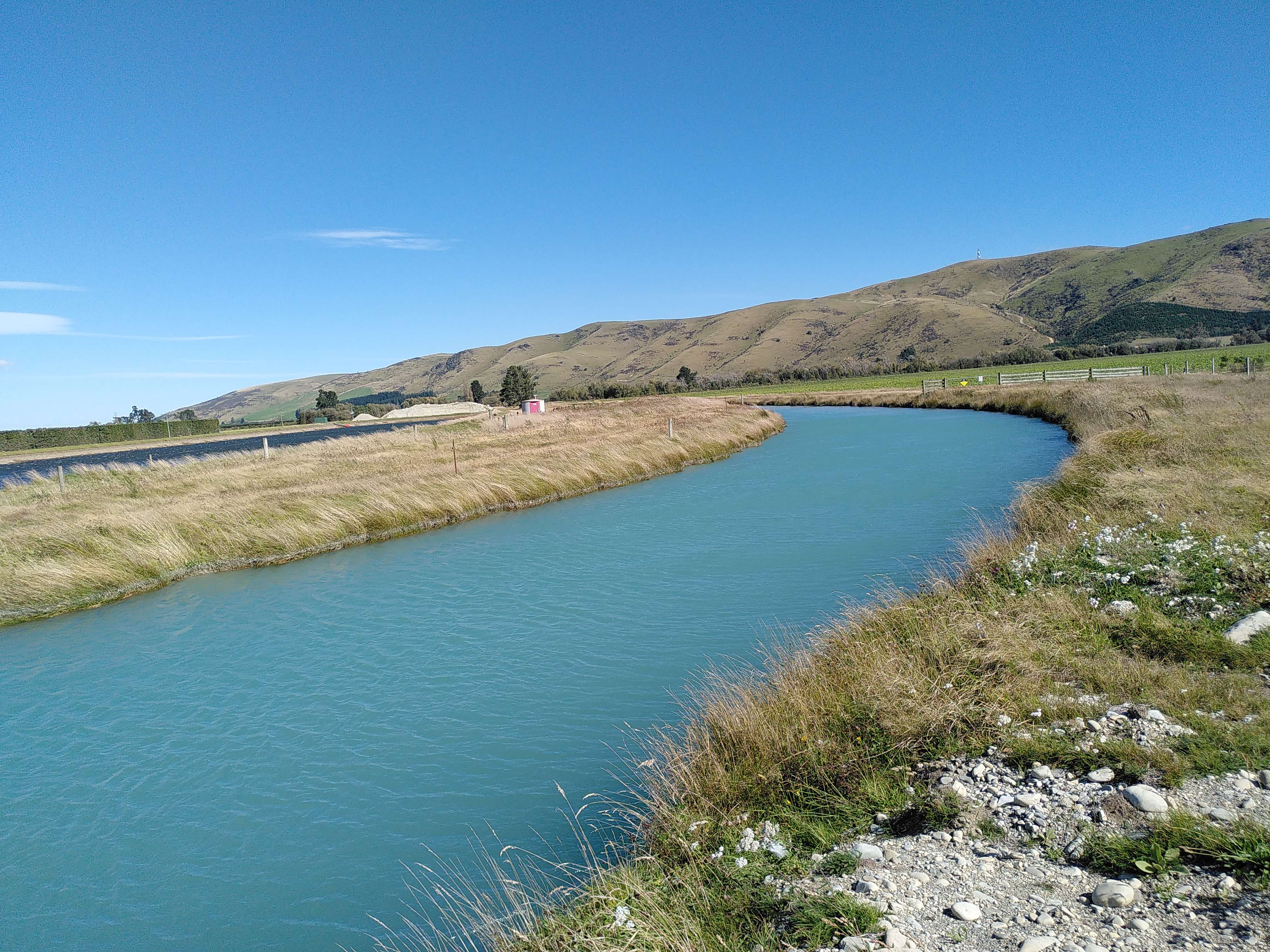
Markus Pahlow and Dominic Lo
Department of Civil and Natural Resources Engineering, University of Canterbury
markus.pahlow@canterbury.ac.nz
Open channel flow is the term used to describe free-surface flows in natural and artificial channels. Examples are river flows, flows in irrigation or navigation canals, and flows in drains or open conduits. These types of flows are of interest to engineers for a great number of reasons, many of which are to do with management of the waterway. For example, how does a river channel carry a flood flow or how do man-made structures such as weirs and sluice gates affect a channel flow?
This module begins with a review of the fundamental equations that are the foundation of open channel flow. Next, the concepts of specific energy, critical flow, and hydraulic jumps are introduced. Then the module focuses on uniform and gradually varied flow for steady flow conditions. The concepts are then applied to determine water surface profiles.
Specific energy; critical flow; hydraulic jump; uniform flow; gradually varied flow; water surface profiles for steady flow conditions
Upon completion of this module students will be able to determine water surface profiles for channel reaches with various flow controls.
Introductory Fluid Mechanics.

Department of Civil and Natural Resources Engineering, University of Canterbury
markus.pahlow@canterbury.ac.nzJunior Water Resources course
Computer with access to Internet, spreadsheet software and word processing software. Hydraulic modelling software HEC-RAS.
A compressed copy of this course can be downloaded from the course about page in the top right hand corner by clicking the "Export Link" link. If you are an Instructor seeking the answer keys, please contact the course creators using your official university email account. Citation: Pahlow, M. and Lo, D. (2022) Open Channel Flow. HydroLearn. https://edx.hydrolearn.org/courses/course-v1:HydroLearn+OCF342+T1_T2/about. You can include the citation for this course in the "About" page of your new course, in your course card, or in the introduction section of your new course.